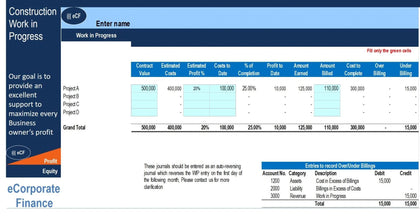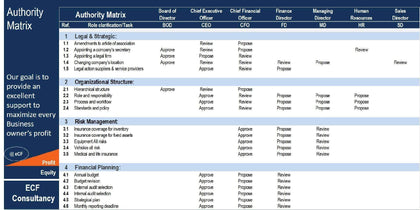The spreadsheet aims to quantify company absenteeism via the Absenteeism Report across four distinct pages: "Settings," "Employees Database," "Absence Database," and the "Absenteeism Report."
In the "Settings" page, crucial lists such as "Departments," "Positions," "Reasons for Termination," and "Education Level" are maintained. These settings lay the groundwork for accurate data entry and analysis.
The "Employees Database" section serves as a repository for all active employee information. Here, details like Employee ID, Name, Gender, Position, Department, Education Level, and Race are recorded systematically, providing a comprehensive overview of the workforce.
Within the "Absence Database," each instance of employee absence is meticulously logged, including the Employee ID and the date of absence. Utilizing this database streamlines data entry and facilitates the automatic population of essential details such as Name, Gender, Position, and Department.
The "Absenteeism Report" furnishes a visual representation of absenteeism percentages on a monthly and yearly basis. By employing filters, users can specify the year of interest and select particular departments or positions for analysis, enabling a granular examination of absenteeism trends within the organization.
This structured approach not only simplifies data management but also empowers stakeholders to identify patterns, trends, and potential areas for intervention

























